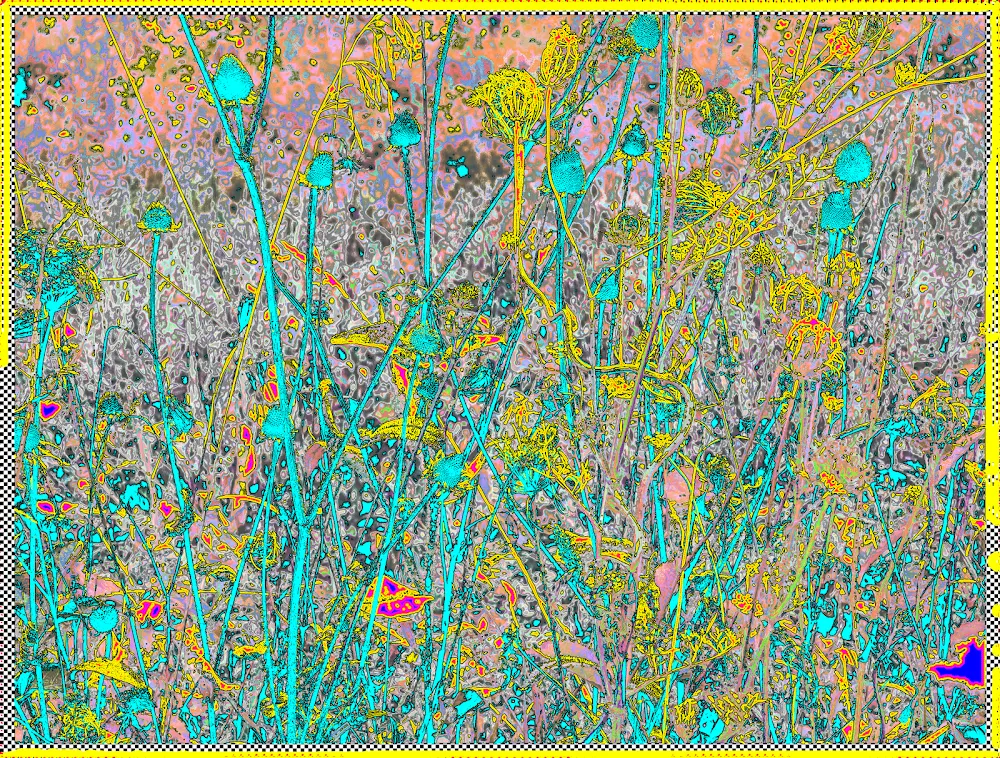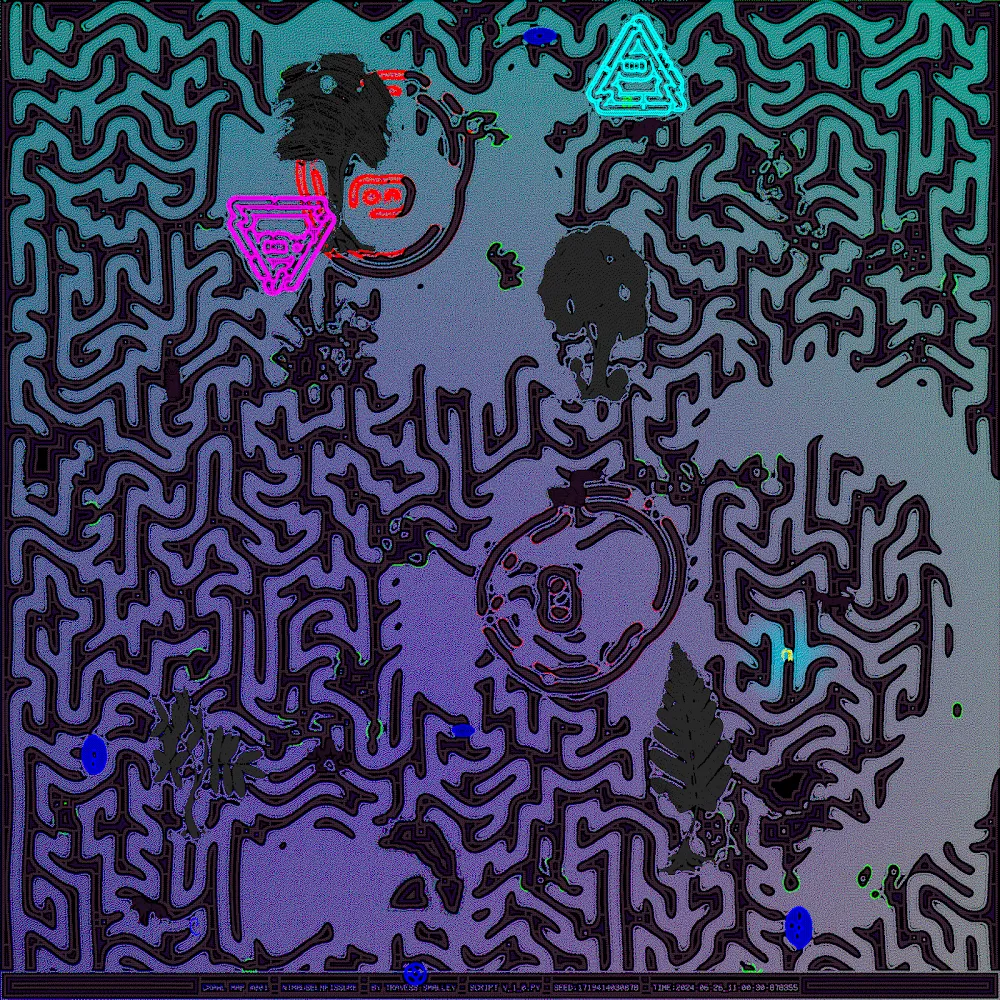Subscribe to get the latest on artists, exhibitions and more.
Watching for the Weather: Travess Smalley’s Fell-Cloud
On 16 september, we’ll launch Fell-Cloud, the fourth collection of NFTs based on the [aside] protocol in collaboration with Travess Smalley. This release will have the following feature: all purchased NFTs will be locked at mint time and will be unlocked when fog appears at the Gunnerkeld stone circle - a prehistoric megalith site dating from the Bronze Age - located in Cumbria, in northwest England, between 2pm and 3pm CET.

Introduction
Before delving into the details of this drop lets recall that [aside] is a protocol that enables the immobilization of any NFT on the Ethereum blockchain and conditions its release to external phenomena, whether natural (weather, earthquake, storm), astral (solar eruption, planetary transit), economic (inflation, deflation), financial (stock market), demographic, or social. Once locked, these NFTs remain non-transferable for a dedicated period of time or until a specific real-world event happens, therefore restricting the tradability of the artwork by tying its commercial becoming to the outside world.








